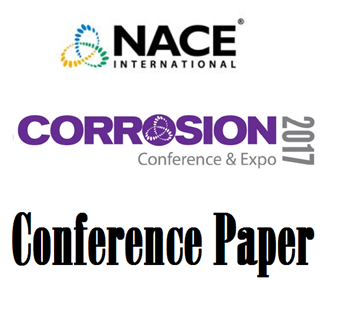Search
51315-5759-Corrosivity and Corrosion Inhibition of Wet-Sour Crude Oil Wells
Also Purchased
Internal Corrosivity Assessment and Ranking of Crude Pipeline
Product Number:
51317--9225-SG
ISBN:
9225 2017 CP
Publication Date:
2017
$20.00
51315-5731-Are We Learning From the Past? Opportunities for Continuous Improvement of Internal Corrosion Management Programs
Product Number:
51315-5731-SG
ISBN:
5731 2015 CP
Publication Date:
2015
$0.00
51315-5757-CUI Mechanism and Prevention
Product Number:
51315-5757-SG
ISBN:
5757 2015 CP
Publication Date:
2015
$0.00




